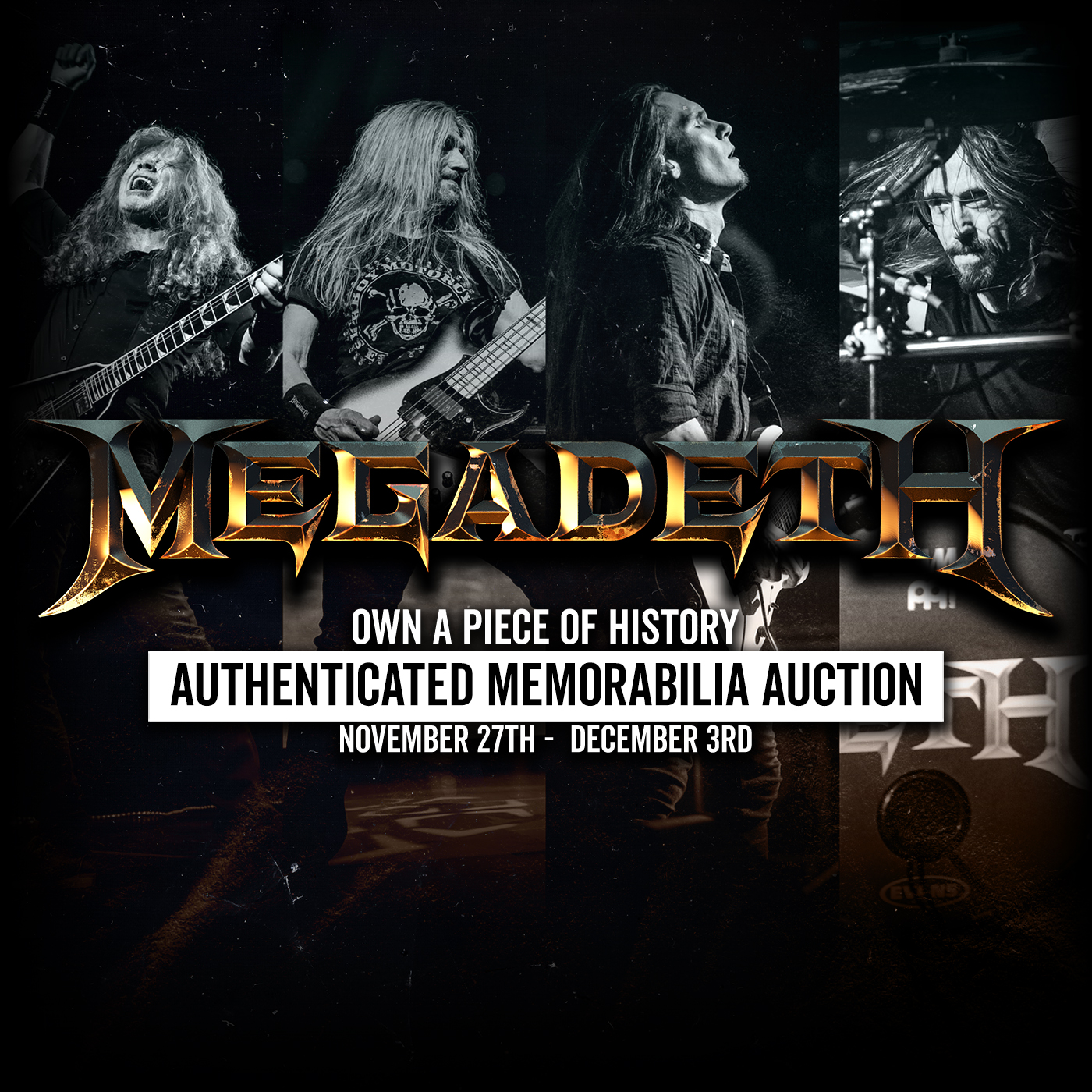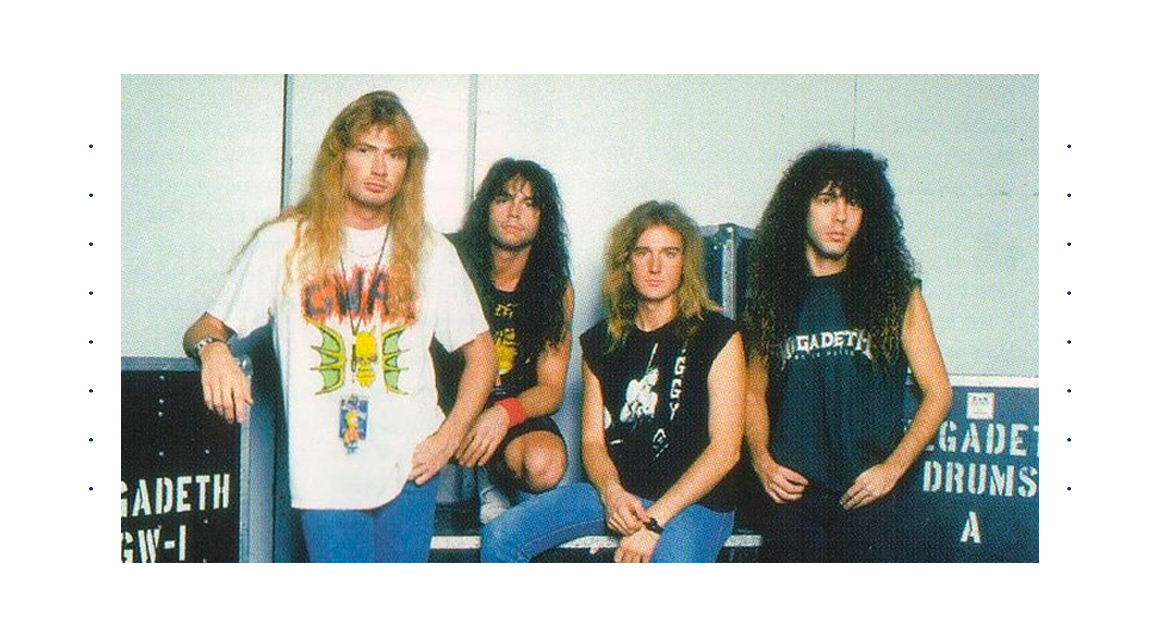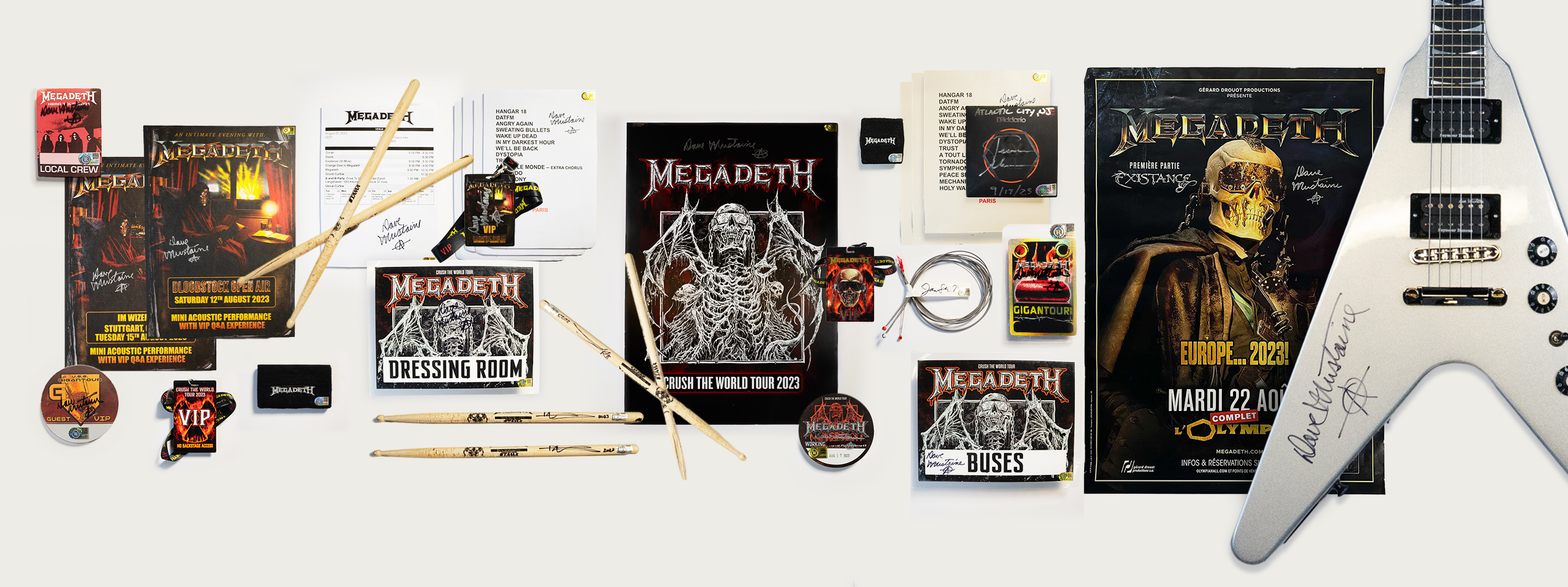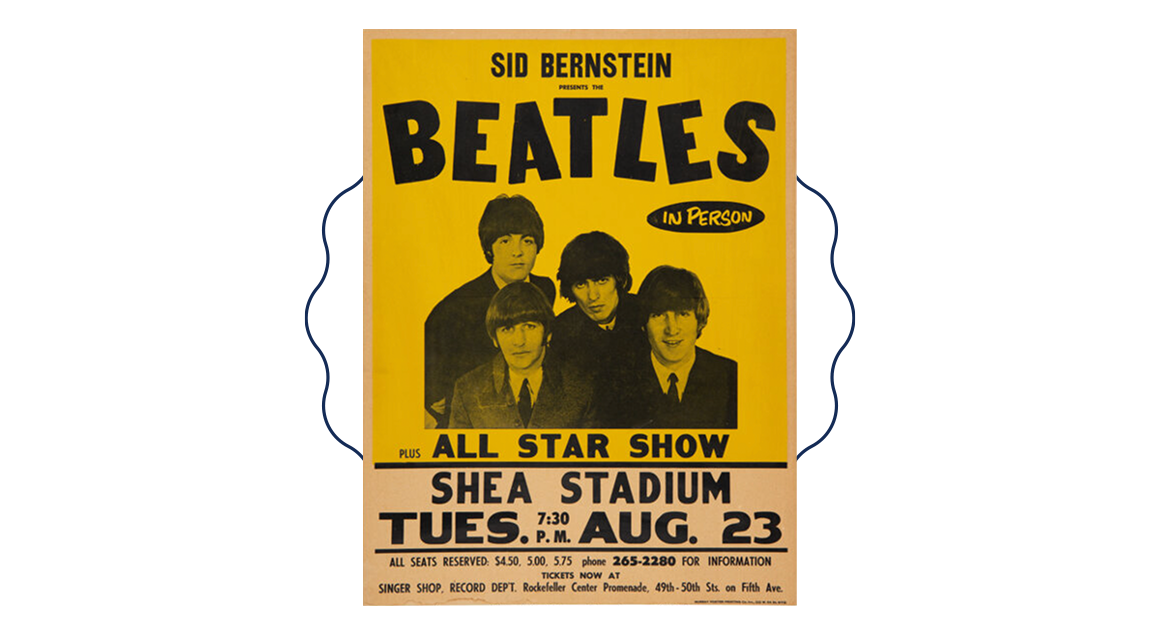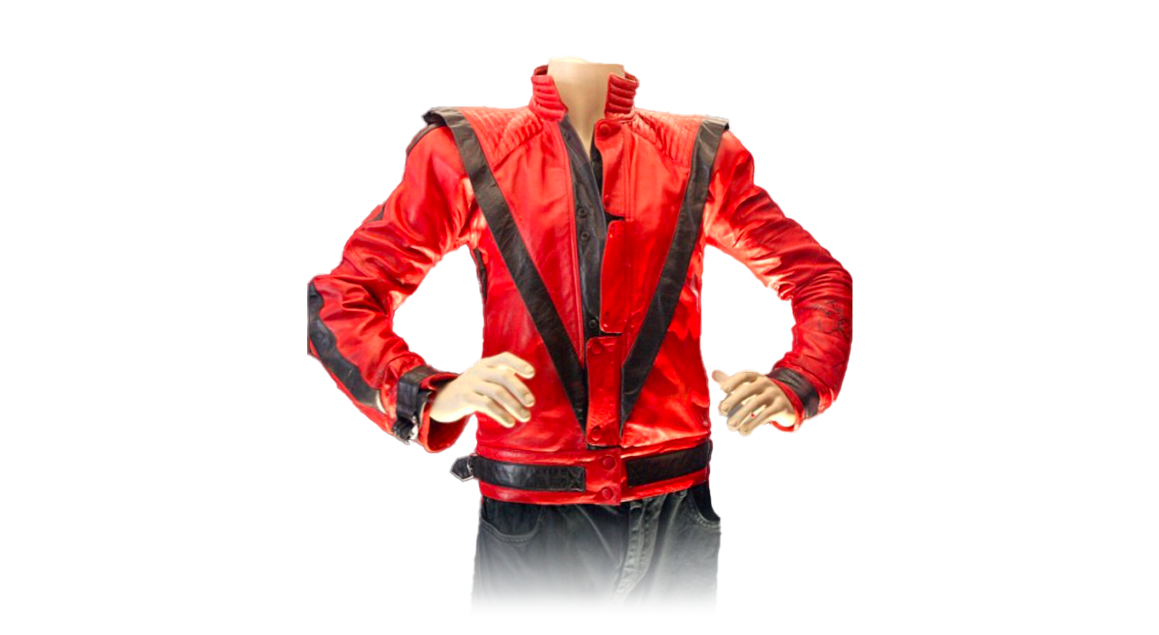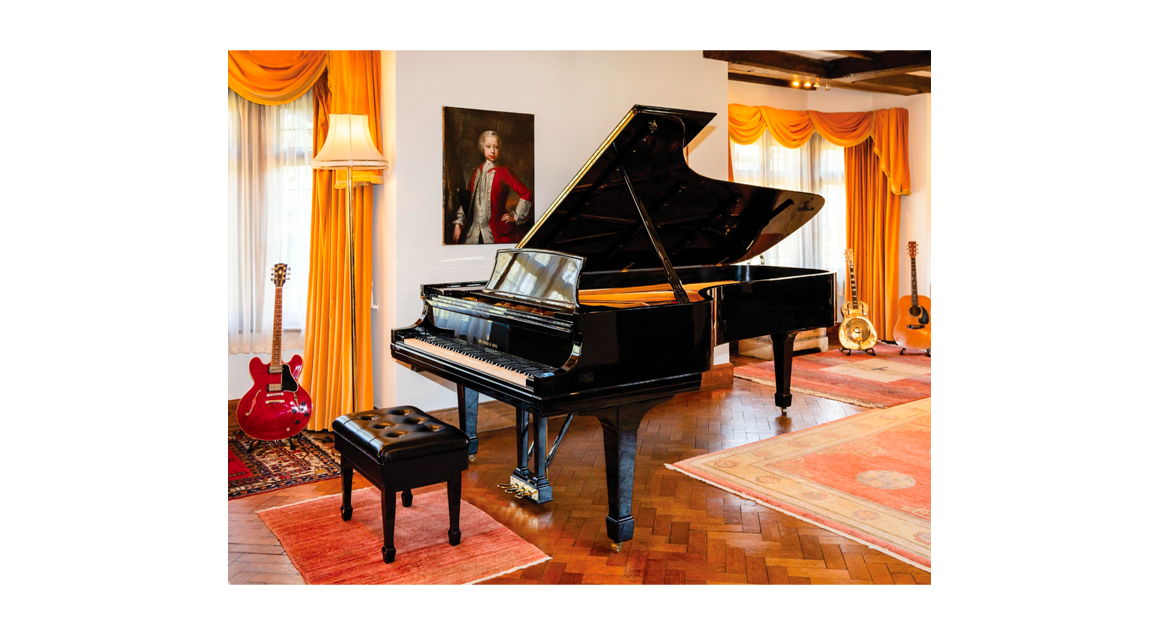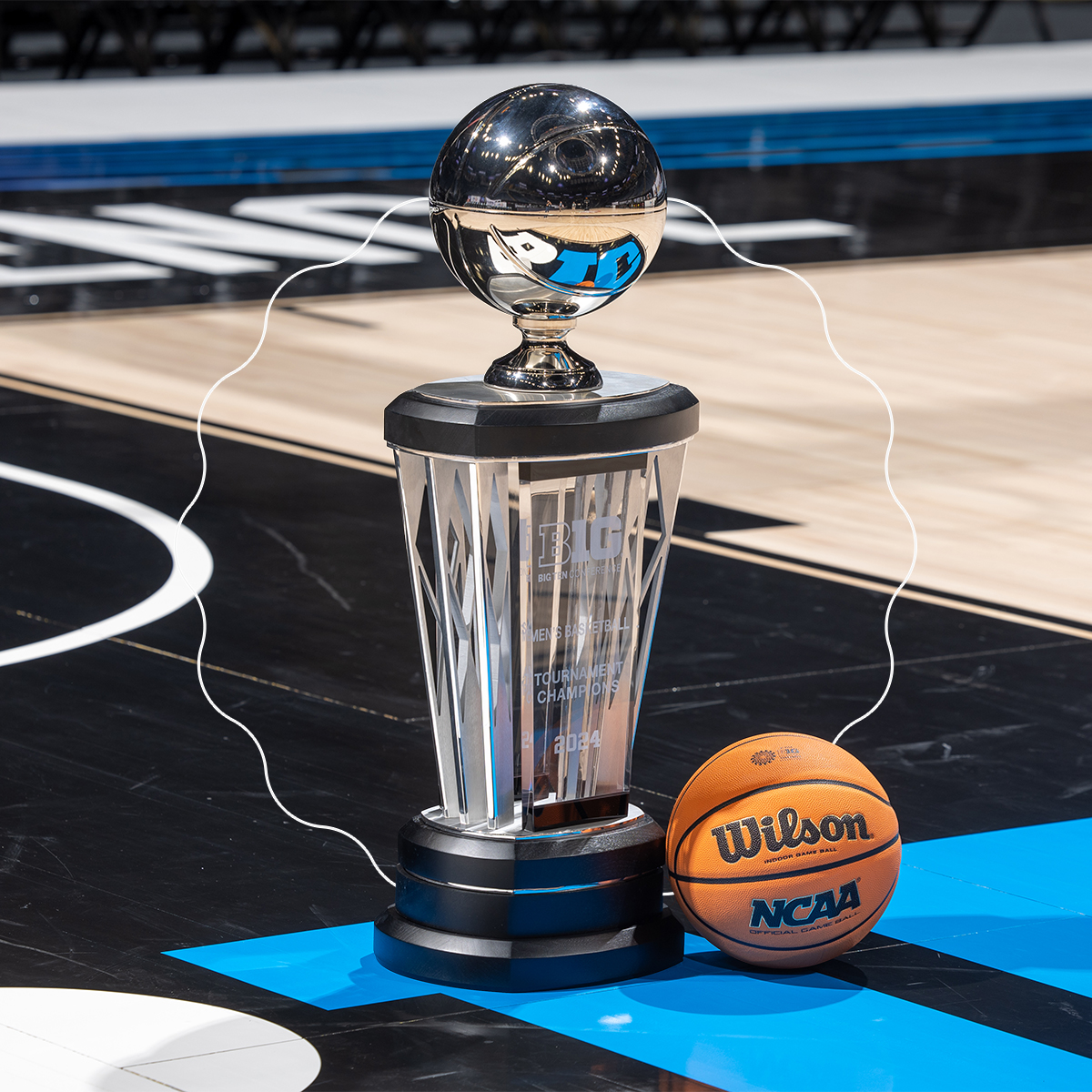
Eventful Developments in Overlooked Event Memorabilia
Eventful Developments in Overlooked Event Memorabilia

This is the latest edition of a multi-part blog series produced in partnership with Altan Insights on the key events and factors shaping the modern music memorabilia market. Altan Insights provides data and quantitative analysis to help collectors and businesses navigate the emerging collectible asset markets.
“A shoe is just a shoe until my son steps into it.” That line, improvised by Viola Davis as Deloris Jordan in AIR, is probably the most memorable one in the film. It’s also an incredibly astute characterization of the memorabilia market both at the time and even more so today.
While exciting assets like jerseys and sneakers went unmonetized via formal channels for years, today’s sports memorabilia market sees those items brought to market via formalized programs, as leagues and teams alike have recognized the untapped source of value. Until very recently, though, the mundane class of items – those that, at most, might have been fodder for unassuming ballboys, equipment managers, and locker room attendants – was scarcely even called memorabilia. But that’s all changing. Those overlooked items are now a burgeoning target for bidding.
“A chair is just a chair until someone sits in it.”
“A towel is just a towel until it wipes someone’s sweat.”
“A net is just a net until someone’s shot passes through it.”
Today, leagues, teams, and players are better equipped (pun intended) to engage fans who are eager to own a piece of the moment, whatever shape that may take. Few athletes have commanded the recent moment in sports better than Caitlyn Clark. The Iowa Hawkeyes hooper captivated the nation and propelled women’s college basketball to unprecedented heights in viewership through the team’s postseason run, culminating in an NCAA Tournament Final loss to South Carolina. At the beginning of that postseason run, Iowa won the Big Ten Tournament, for the third successive year thanks to Clark’s third successive Tournament MVP effort.
In the past, the paraphernalia from such events – the chairs, towels, nets, and signage – were effectively lost to the world, or at least their connection to the games and those who played in them was. Some well-connected fans might’ve walked away with keepsakes from time to time, but those not fortunate enough to be on-site often lacked the opportunity to acquire those items, at least with any notable and verifiable provenance. This time around, though, those opportunities were plentiful and their authenticity was assured, as The Realest partnered with the Big Ten to offer witness-based authentication and auctioning of an assortment of tournament items.
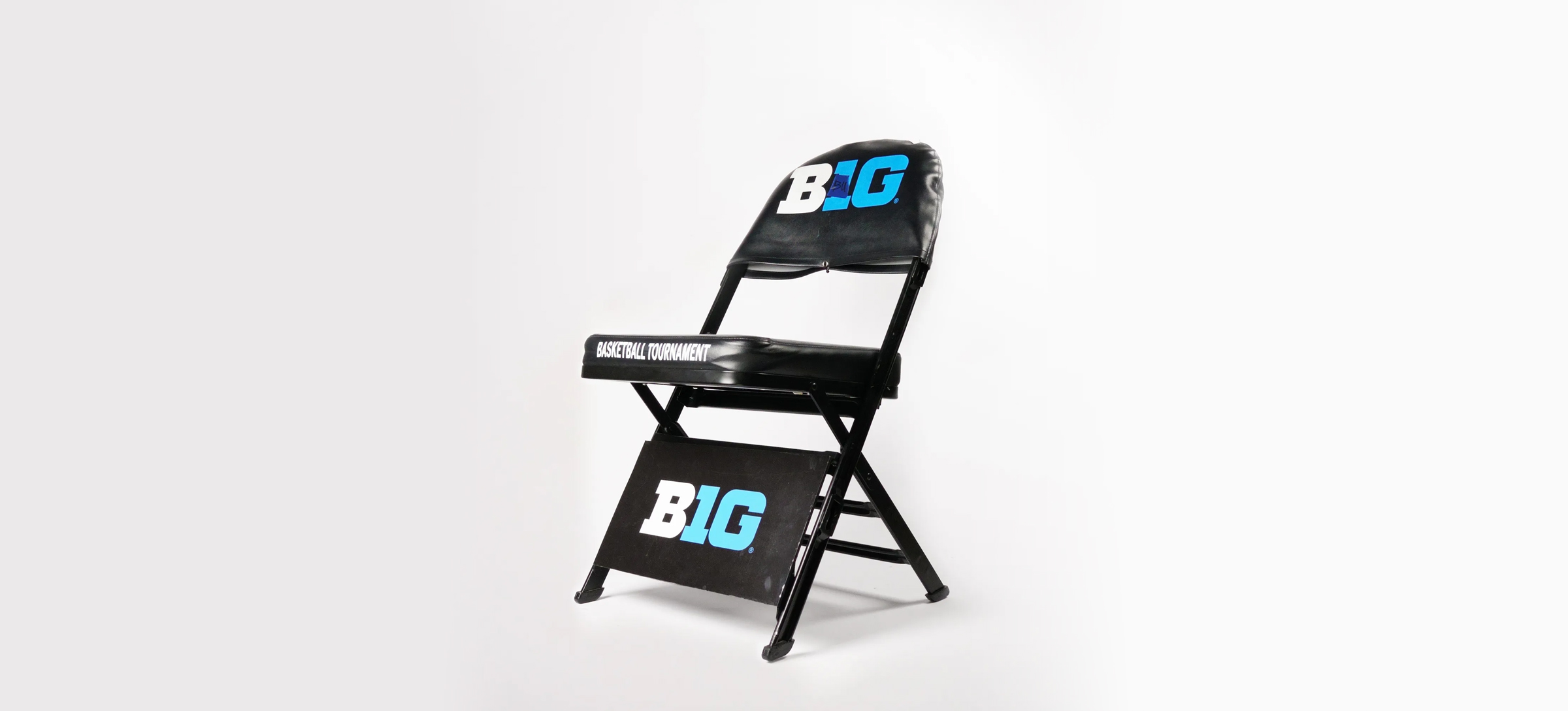
Among those items: “Game-Used Player Chair (Used by Iowa WBB #22 for Pre-Game Introductions).” We’ll allow you to guess or perhaps Google who might’ve worn #22 for Iowa. The chair featured The Realest’s gold hologram, meaning use by the athlete is guaranteed thanks to the presence of a TRuEST Authenticator who doesn’t let the item leave their line of sight from usage to collection to sale. It turns out that the market quite appreciated this offering. It received a staggering 45 bids to reach a $3,722 final price.
A seat used by #22 before the start of the game amassed 44 bids to sell for $2,505, while a seat used near the end of the second quarter drew 42 bids tallying $2,750. To put the results in context, the most expensive sports chairs ever sold at Goldin and Heritage were $3,840 and $3,383 respectively. A mere piece of the net from the same game similarly saw 41 bids battle to a $560 result. These prices, and perhaps more the competition to achieve them, are significant validation of the value proposition for witness-based authentication, particularly for those items that might be outside of the scope of a traditional photomatch. Similarly, for leagues and teams, the appetite from fans to collect previously overlooked items should serve as a jolting wake-up call.
In fact, Iowa’s rival in the NCAA Final, the South Carolina Gamecocks, recognized the value in the very court on which they won the championship. The university purchased the center-court logo and other parts of the court for approximately $86,000. While the school will keep the logo for display, other panels will be sold via Artsman, a company that specializes in crafting memorabilia from flooring and other items that would fall in the previously overlooked bucket.
The NBA has long embraced the value of game-worn memorabilia, led by jerseys. Recent events hosted by Sotheby’s as part of the NBA Auctions partnership demonstrate increased acknowledgment that fans covet other items as well. Via All-Star Weekend events, the league took the opportunity to bring the locker room nameplates of All-Stars and Rising Stars to auction. The nameplates were photomatched by MeiGray as part of the existing program. Continuing the rookie’s white-hot streak on the block, Victor Wembanyama’s nameplate sold for $12,700 against an estimate of $2,000 – $4,000. While most of the players didn’t perform to those heights, the nameplate lots still achieved $29,464 in total sales. That amount of revenue changes very little for the league, but it came from 25 throwaway items that otherwise would’ve added no value.
One item that might have been overlooked in a different era until its story was muddied and lost to time was the rim on which LeBron James broke the all-time scoring record. With 100% of net proceeds going to The Los Angeles Lakers Youth Foundation via MeiGray, it sold for $152,400. While it may be fair to consider nearly $30k in revenue to be de minimis for the NBA, most would agree the opportunity to direct $120,000 to charity is an exceedingly worthwhile pursuit. That’s the kind of door that organizations can now open by bringing previously overlooked memorabilia to market via more formalized channels. It may take time for the value of those items to find their appropriate level, and the consistent introduction of new supply may weigh on that value, but done via the right channels with the right authentication, win-win opportunities abound nonetheless.
The world can continue to let chairs be chairs and towels be towels, and that’s fine. But fans and collectors love storytelling, and memorabilia of various kinds, accompanied by verifiable provenance, can provide the perfect vehicle for it.









